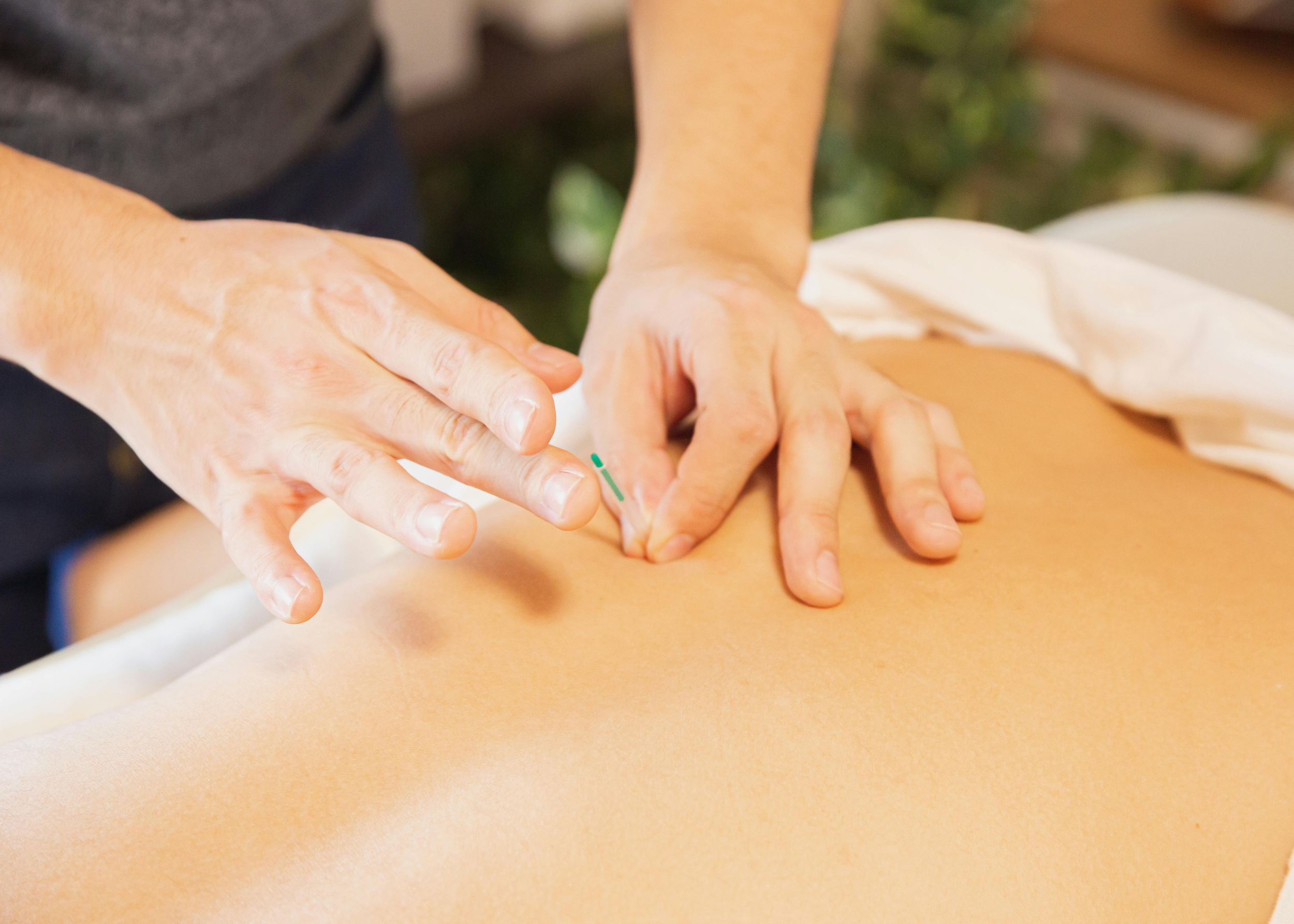
You may have heard of dry needling and wondered what it is or if it’s right for you. While the procedure’s name may sound intimidating, dry needling is an accessible and commonly offered therapy for people with muscle, ligament or tendon pain.
How it works
During a dry needling treatment, one or more thin, monofilament needles are inserted into a muscle trigger point. A trigger point is a local band of tight, irritable and dysfunctional muscle tissue that often emerges from injury, overuse or poor movement patterns.
Trigger points can disrupt your muscle function, restrict your range of motion or cause pain and tenderness. Physical therapists or licensed acupuncturists perform an in-depth evaluation to determine if dry needling is appropriate. Then they discuss your symptoms while assessing mobility and muscle function to determine if trigger points are contributing to symptoms.
When dry needling is applied to an affected muscle or trigger point, it can decrease muscle tightness, increase blood flow and reduce pain. The needles used are solid and don’t inject liquid into your body, which is why this treatment is referred to as “dry.”
Patients often report immediate relief after treatment. The needles remain in your muscles for a short period of time — between 10 seconds and 20 minutes — during treatment. This depends on the treatment location, number of needles used and treatment goals.
Dry needling usually is paired with exercise and other physical therapy techniques to prevent trigger points from recurring.
Conditions treated
Dry needling is a safe technique for treating many musculoskeletal conditions, including shoulder pain, rotator cuff pain, biceps tendinitis, iliotibial band syndrome, Achilles tendinitis, low back pain, tennis elbow, whiplash or neck pain, headaches, muscle strains, hip pain and temporomandibular pain, also called TMJ.
Dry needling is performed by physical therapists and licensed acupuncturists trained in the procedure. Certification requirements vary by state. Most people report minor or no discomfort during treatment.
Talk with your primary care provider if you are experiencing muscle, tendon or ligament pain. Working together, you and your healthcare team will determine if dry needling is right for you. Like all medical treatments, dry needling should be considered carefully before proceeding.
Before your appointment, check your health insurance plan for coverage information for dry needling treatments.
Bryce Jenson is a physical therapist in La Crosse, Wisconsin, respectively.




